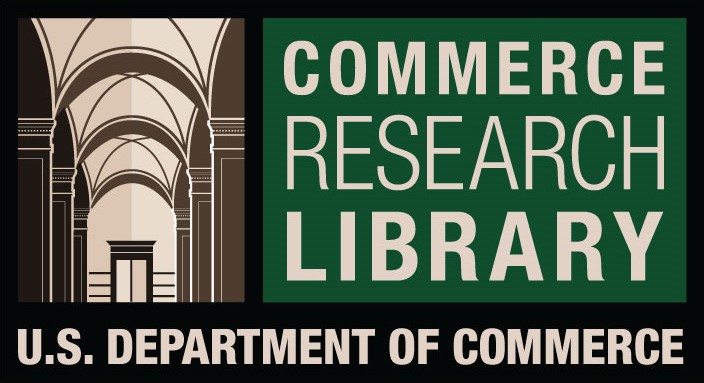Effectiveness of Watershed Management Systems on Agricultural Practices in Tehran Province's Hableroud Basin
DOI:
https://doi.org/10.61841/w412f424Keywords:
watershed, rural benefactors, economic index, Hableroud basin, Tehran provinceAbstract
Evaluating the effectiveness of watershed management systems is considered as a scientific criterion for their valuation. This study has been conducted to identify the impacts of stabilizing the administration of watershed systems in Tehran province's Hableroud basin (including eight pilot study villages within Damavand and Firuzkouh towns). The study has been conducted using a document-based and survey method by completing the questionnaire. The sample for this study consists of the families living in the above-mentioned villages, whose houses are located in the Hableroud basin. A questionnaire has been used to gather data from study participants, which has been completed in person after confirming its reliability and validity. The results from extracting questionnaire data and information regarding the effectiveness of watershed management system administration have been analyzed both descriptively by considering demographic information such as age, education, job (farmer, rancher, farmergardener, farmer-rancher, and freelancer) and inferentially using SPSS software and dependent variables including economic and environmental indices which have been all assessed through six items. The results illustrate that the mean for environmental and economic impacts of Hableroud basin's watershed management systems in Tehran province are 3.25 and 2.67 respectively, denoting "quite high" and "quite average" success condition of the implemented watershed management systems. It can be concluded that all implemented watershed management systems are more successful in the environmental domain rather than an economic one. Besides, transforming the dry farms into the garden, recent practices for flood prevention, vegetation strengthening, and increasing public cooperation are among the most significant impacts of these systems in both environmental and economic domains
Downloads
References
[1] Prabhakar ،K. ،Lavanya Latha ،K. & Papa Rao ،A. (2010). Watershed Programme: Impact on
Socioagricultural and Socio-economic Spheres of the Farmers. Journal of Agricultural Science1 ،(1):31-37.
[2] Mariam G., Yaebiyo Yayneshet Tesfay, Dereje Assefa.(2015).Socio-Economic Impact Assessment of
Integrated Watershed Management in Sheka Watershed, Ethiopia. The journal economies and sustainable
development.Vol6, No9, 2015.
[3] Guangyu Wang, Shari Mang,Haisheng Cai, Shirong Liu, Zhiqiang Zhang, Liguo Wang & John L. Innes,
(2016). Integrated watershed management: evolution, development and emerging trends,Journal of Forestry
Research volume 27, pages967–994(2016).
[4] Deyi , Wu,.2017 successful watershed management in A case study of Wuhua County, Guangdong Province,
China Published in The status of Watershed Management in Asia WMTUH/FARM Field Doc1, pp 7-18
[5] Madagowda Madhu, Niik B.S. Adahikary partha pratim.(2018). Livelihood and socio-economic development
through watershed management-An impact assessment of Lachhaputraghati tribal catchment. The
International Journal of Earth & Environmental Sciences, Volume 3,Issue 1,2018.
[6] López ,Johanna Colón & Restrepo Carla .(2019).Water Quality and Socio-Economic Indicators are Linked
in a Tropical Watershed: Emerging Implications for the Sustainable Management of Waterscapes .Wetlands
,volume 39, pages 1303–1316(2019).
[7] Mahdavivafa, Habibollah, (2012). Socio-economic evaluation of watershed management activities carried out
in Damavand wetland basins from the perspective of villagers, Agricultural and Natural Resources Research
Center of Tehran Province.
[8] Moghadasi Nafise ,Vahedbordi Sheykh ,Najafinezhad (2015) Qualitative Evaluation of Watershed
Management Projects by Descriptive Correlation Method (Case Study: Bustan Dam Watershed), Scientific
Journal of Soil and Water Conservation Research, Volume 22, Number 2, August and September 2015, pp.
205-218 .
[9] Dadraei sabzevari Abolghasem,Gazanchyan Ali ,Namaki Mohamad (2015). Factor Analysis of SocioEconomic Impacts of Watershed Management Biomechanical Activities from the Perspective of Watershed
Residents of Gosh Watershed in Mashhad, Journal of Watershed Engineering and Management Volume 8,
Number 4, Fall 2016, pp. 302-209.
[10] Maleki, Mohsen, Mamdadi, Elmira (2018). Assessing the socio-economic effects of natural resource projects
implemented from the perspective of stakeholders (Case study: Andbil watershed - Khalkhal county)
Rangeland Magazine, Year 12, Issue 3, Fall 2018, pp. 280-267.
[11] Jafari Gholam Hossein and Barati Zeinab (2018). Under the title of Assessment of Socio-Economic and
Environmental Impacts of Watershed Management Plans of Speedroud Watershed, Journal of Geography and
Urban-Regional Planning, Spring 8, 2016,No.26..
[12] Deputy of Watershed Management of the Ministry of Jihad Agriculture (2013). Sustainable management plan
of water and soil resources of Hablehroud, first phase.
[13] Management and Planning Organization, Statistics Center of Iran. (1996) General population and housing
census.
[14] Management and Planning Organization, Statistics Center of Iran (2006). General population and housing
census.
[15] Management and Planning Organization, Statistics Center of Iran (2017). General population and housing
census.
[16] Sarabi, Hassan. 1994. Introduction to Sampling in Research, Samat Publications, Tehran.
Downloads
Published
Issue
Section
License
You are free to:
- Share — copy and redistribute the material in any medium or format for any purpose, even commercially.
- Adapt — remix, transform, and build upon the material for any purpose, even commercially.
- The licensor cannot revoke these freedoms as long as you follow the license terms.
Under the following terms:
- Attribution — You must give appropriate credit , provide a link to the license, and indicate if changes were made . You may do so in any reasonable manner, but not in any way that suggests the licensor endorses you or your use.
- No additional restrictions — You may not apply legal terms or technological measures that legally restrict others from doing anything the license permits.
Notices:
You do not have to comply with the license for elements of the material in the public domain or where your use is permitted by an applicable exception or limitation .
No warranties are given. The license may not give you all of the permissions necessary for your intended use. For example, other rights such as publicity, privacy, or moral rights may limit how you use the material.












